Table of Contents
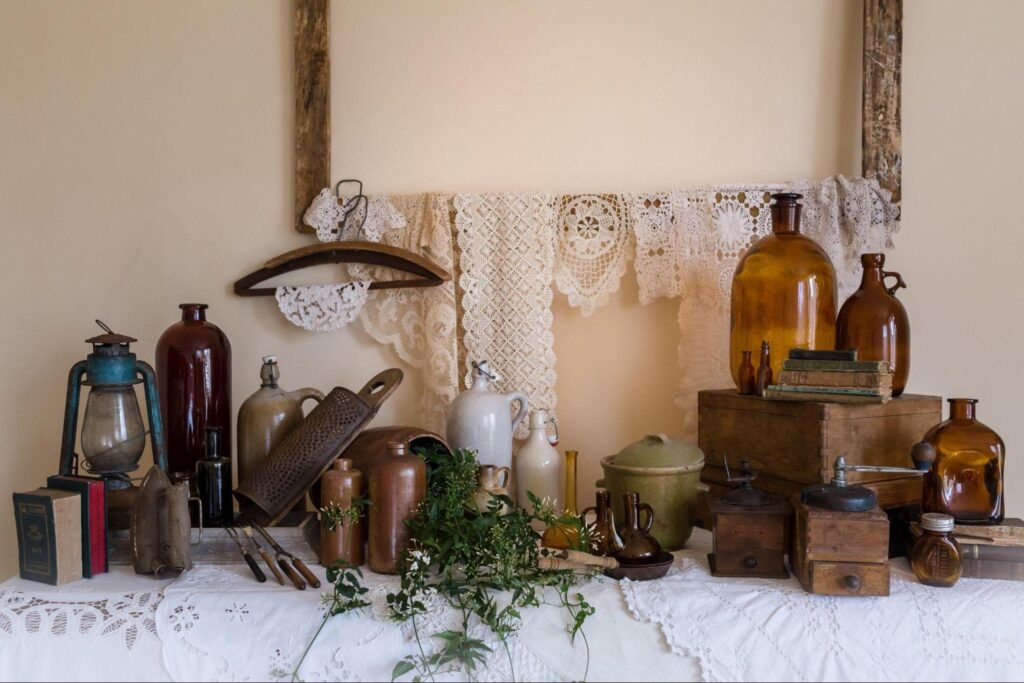
After years of mass-produced minimalism dominating interior design, vintage decor has surged back into prominence with unprecedented momentum. This isn’t just another nostalgic trend cycle—it represents a fundamental shift in how we think about our homes and what we value in our living spaces. From sustainability concerns to post-pandemic priorities, multiple cultural forces are driving this vintage revival. Discover why vintage decor is back and bigger than ever, bringing timeless charm, character, and sustainable style to modern homes today.
Beyond Nostalgia: The Cultural Forces Driving Vintage’s Return
While nostalgia certainly plays a role in vintage’s popularity, today’s revival runs deeper than simple retro appreciation. The pandemic profoundly shifted how we relate to our homes, creating a desire for spaces that feel grounded, storied, and authentic rather than mass-produced and impersonal.
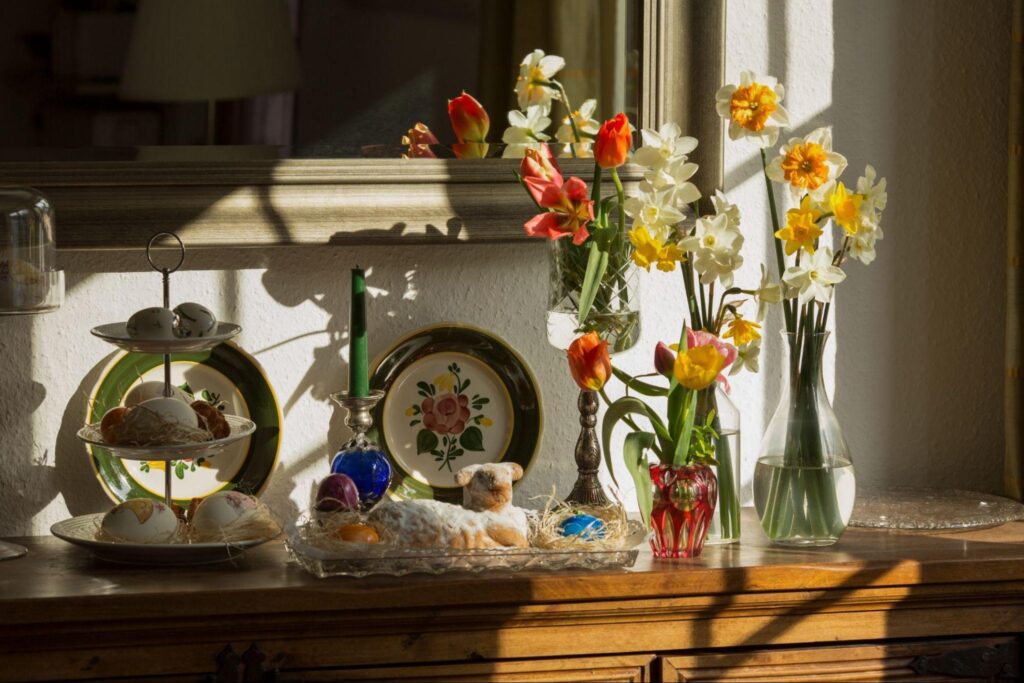
“People spent two years staring at their walls and reconsidering what truly matters in their environments,” explains cultural analyst Meredith Chen. “Generic, trend-focused interiors suddenly felt empty compared to spaces filled with items carrying genuine history and character.”
This quest for authenticity coincides with growing environmental consciousness. As consumers become increasingly aware of furniture’s environmental footprint, preloved pieces offer guilt-free alternatives to newly manufactured items. The carbon footprint of restoring an existing piece typically represents just a fraction of producing a new one, even when accounting for transportation.
Social media’s evolution has also fueled Vintage’s resurgence. While early platforms rewarded perfectly curated, minimalist aesthetics, today’s social environment celebrates individualism and personal expression. Vintage pieces provide the distinctive character that helps spaces stand out in increasingly crowded feeds.
The New Collectors: Who’s Driving Today’s Vintage Market
Today’s vintage enthusiasts differ significantly from previous generations of collectors. Rather than focusing on specific periods or pursuing matching sets, contemporary collectors value individual pieces that speak to personal taste regardless of era or origin.
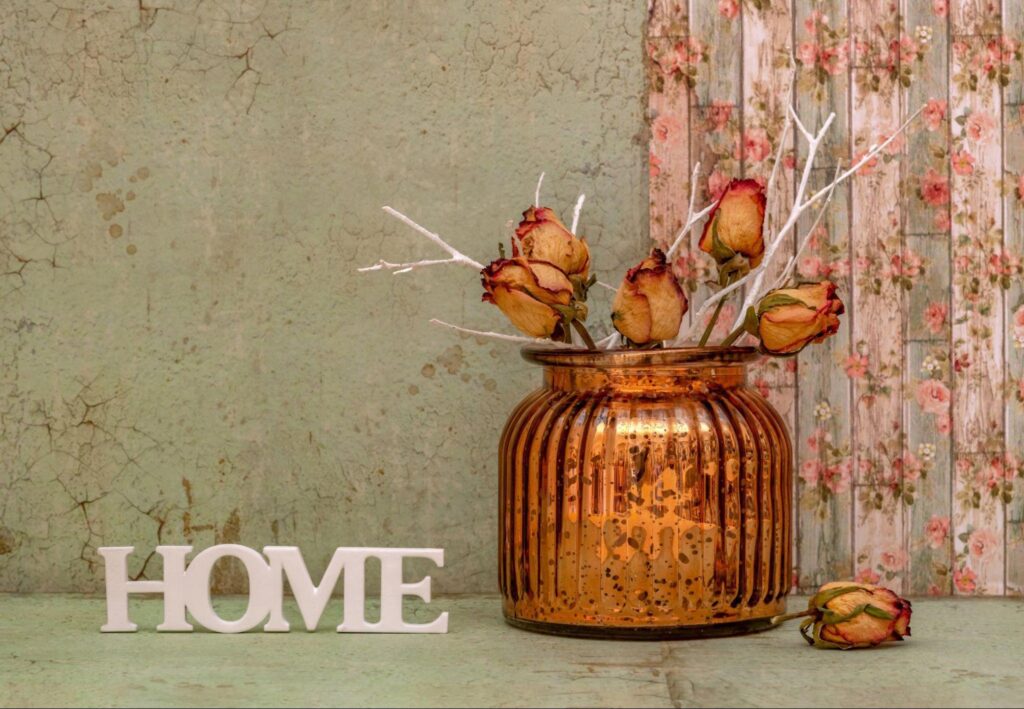
Millennials represent the largest demographic embracing vintage furnishings, with 36% reporting increased vintage purchases in the past two years. Their approach typically blends practical concerns—budget constraints and small living spaces—with ideological motivations around sustainability and authenticity.
Gen Z collectors have emerged as particularly enthusiastic vintage advocates, with distinctive preferences for colorful 1980s pieces, distinctive lighting, and unusual decorative objects. Their comfort with online marketplaces and willingness to travel for exceptional finds has expanded the vintage market beyond traditional geographic boundaries.
Even luxury consumers have embraced vintage, with high-end interior designers incorporating significant vintage elements into otherwise contemporary spaces. This high-low mixing represents perhaps the most significant shift from previous vintage revivals, which often created period-specific rooms rather than integrated approaches.
The Most Coveted Eras and Why They Resonate Now
Not all vintage periods enjoy equal popularity in today’s revival. Certain eras have emerged as particularly resonant with contemporary tastes and lifestyles.
Mid-century modern pieces maintain strong appeal but with a more selective focus than during the Mad Men-inspired revival of the 2010s. Today’s collectors gravitate toward lesser-known designers and more unusual forms rather than iconic pieces that have become somewhat ubiquitous.
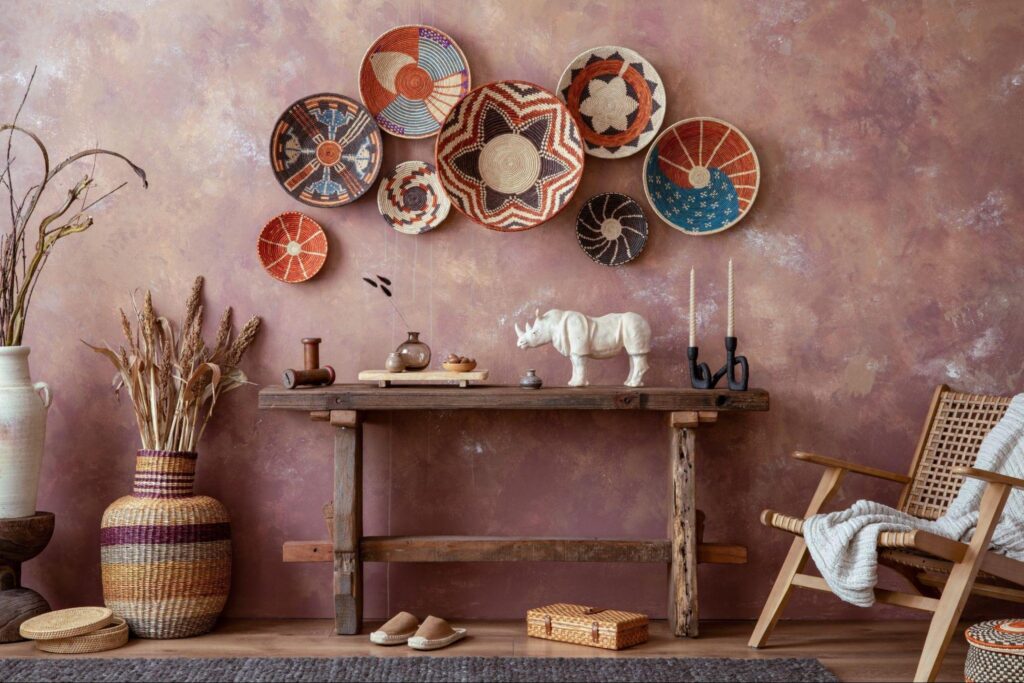
The 1970s have experienced dramatic reappraisal, with their earthy color palettes, natural materials, and organic forms aligning perfectly with current design directions. Elements once considered dated—curved forms, textural fabrics, warm wood tones—now feel remarkably current alongside contemporary pieces.
Early postmodern designs from the 1980s have found enthusiastic new audiences, particularly among younger collectors. Their bold colors, unexpected proportions, and sense of playfulness offer antidotes to the serious minimalism that dominated recent design cycles.
Surprisingly, traditional styles from the early 20th century have also found new relevance. Craftsman, Art Deco, and early American pieces offer the authentic craftsmanship and natural materials that today’s consumers increasingly value, often at more accessible price points than mid-century pieces.
From Flea Markets to Instagram: How Technology Transformed Vintage Shopping
The vintage marketplace has undergone revolutionary change through technology, creating unprecedented access to pieces that would previously have required extensive travel or specialized knowledge to discover.
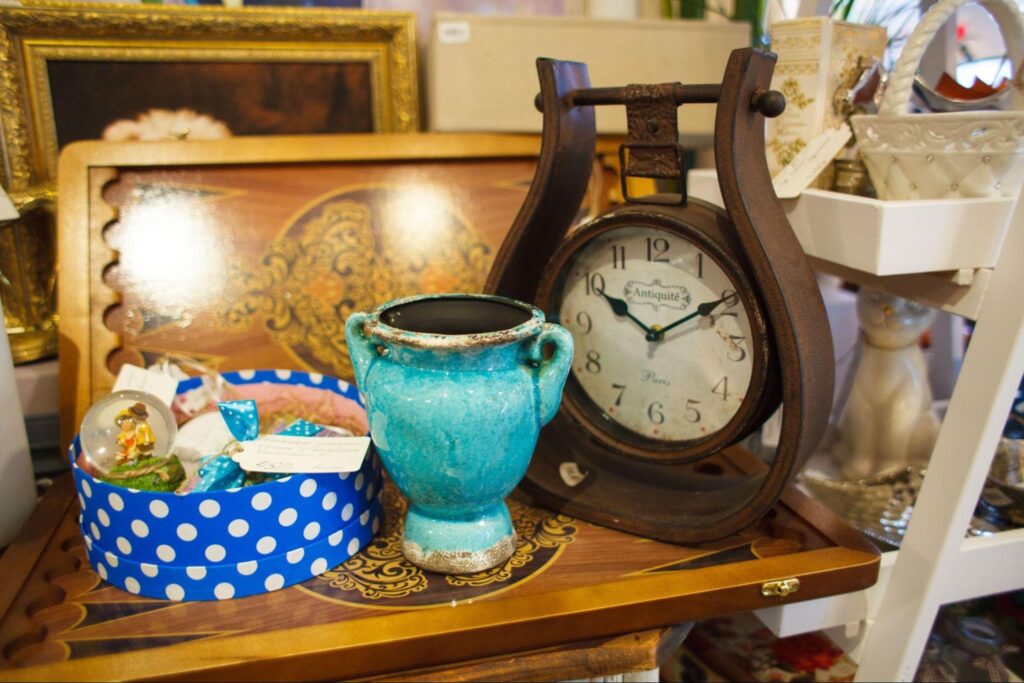
Instagram has emerged as perhaps the most influential vintage marketplace, with dedicated sellers using the platform to showcase inventory directly to highly engaged audiences. The visual nature of the platform particularly suits vintage furniture, allowing detailed examination of condition and craftsmanship.
Specialized online marketplaces like Chairish, 1stDibs, and Kaiyo have professionalized vintage furniture sales, offering buyer protections, standardized condition reporting, and shipping solutions that address common concerns about purchasing preloved pieces sight unseen. These platforms have expanded the vintage market far beyond local availability.
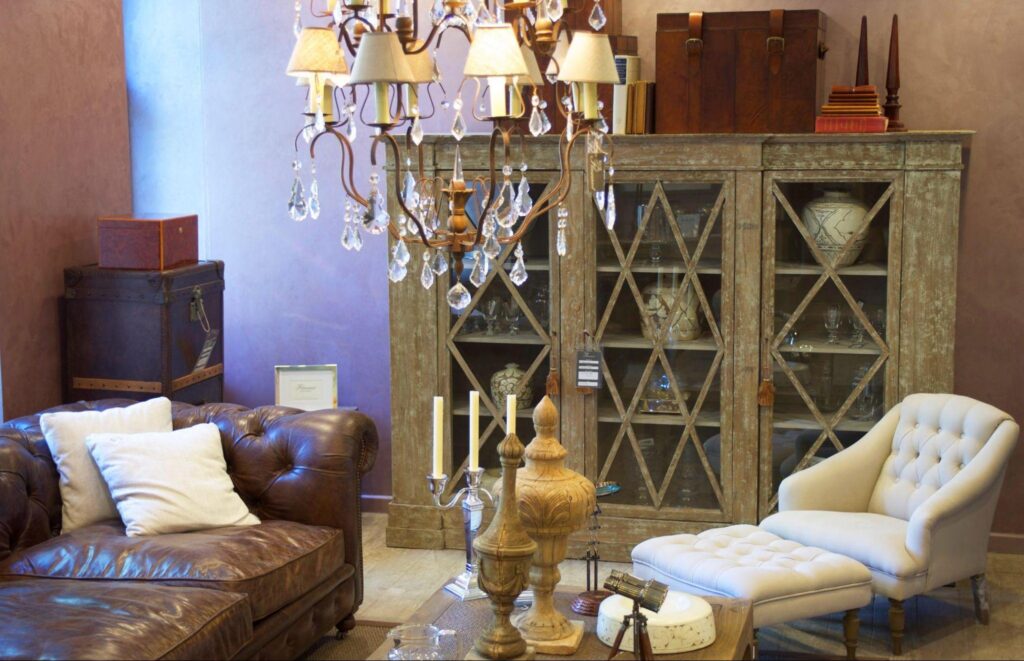
Even traditional auction houses have transformed their approach, with companies like Wright and Rago developing dedicated online platforms with lower price entry points specifically to engage younger vintage enthusiasts. These initiatives have democratized access to pieces that would previously have been available only to established collectors.
The Sustainability Factor: How Ethics Drive Purchasing
Environmental considerations rank among the most frequently cited reasons for choosing vintage, particularly among consumers under 40. The staggering statistics around furniture waste—more than 12 million tons entering landfills annually in the US alone—have created powerful motivation to consider preloved alternatives.
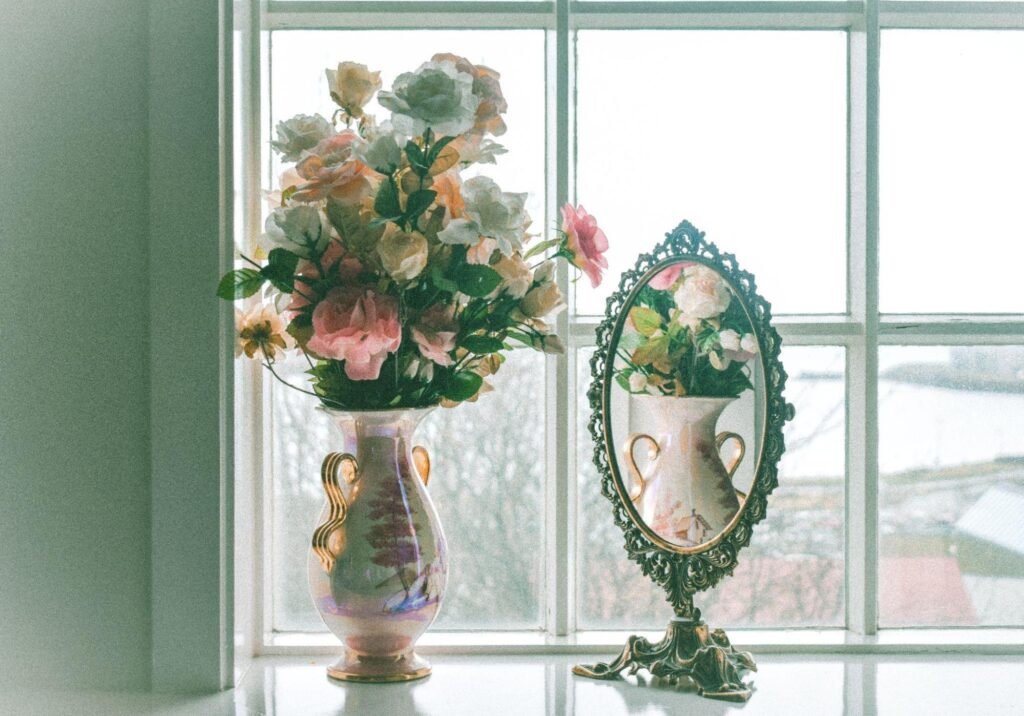
Beyond waste reduction, vintage pieces typically contain fewer synthetic materials and harmful chemicals than many contemporary counterparts. Older furniture often utilized solid wood, natural fibers, and traditional joinery methods rather than engineered materials requiring chemical adhesives and treatments.
The quality differential between vintage and contemporary pieces at similar price points has also driven practical consumers toward older items. Solid wood construction, dovetailed drawers, and proper upholstery techniques found in modestly priced vintage pieces often surpass the quality available in new furniture at comparable price points.
Even high-end designers increasingly mix vintage pieces into new projects, not just for their unique aesthetic contributions but for their environmental benefits. This professional endorsement has further legitimized vintage as a conscious choice rather than merely a budget-driven compromise.
Making Vintage Work in Contemporary Spaces
Successfully incorporating vintage pieces into today’s homes requires a thoughtful approach rather than an all-or-nothing commitment. Interior designers specializing in vintage integration offer several principles for effective incorporation:
Contrast creates interest more effectively than perfect matching. Pairing a distinctive vintage dining table with contemporary chairs often produces more compelling results than complete vintage dining sets. This juxtaposition highlights the unique characteristics of the vintage piece while maintaining contemporary relevance.
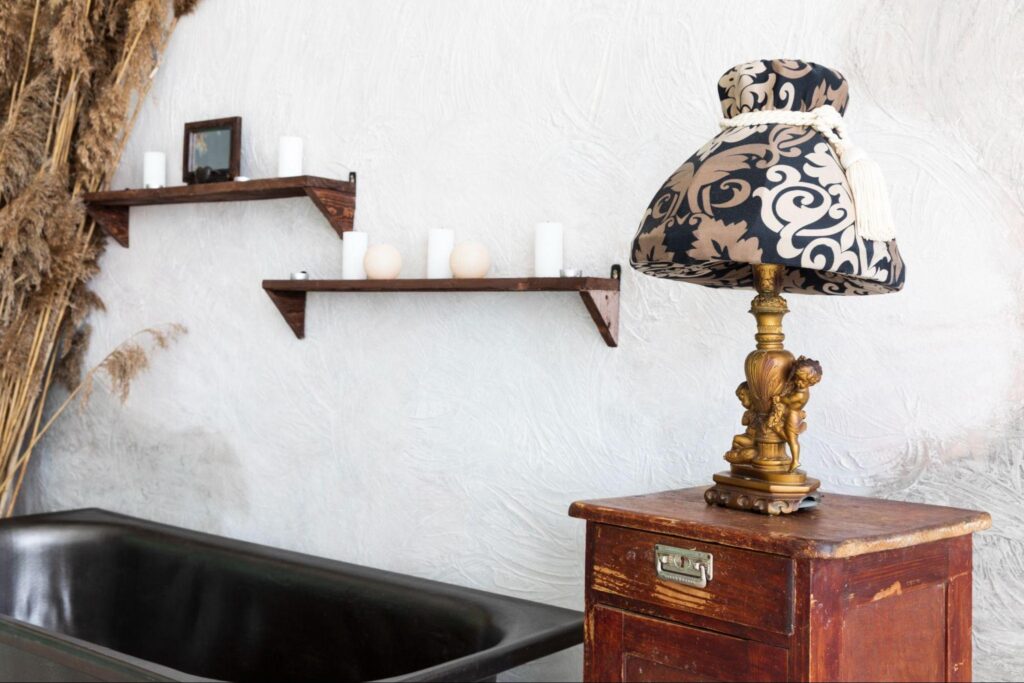
Scale consideration proves particularly important when working with vintage. Many older pieces were designed for different room proportions than today’s homes. Individual vintage pieces often work better than complete room sets, allowing their distinctive proportions to serve as intentional departures rather than creating awkward spatial relationships.
Material and textural mixing help vintage pieces feel intentional rather than inherited. Combining the patina of vintage wood with contemporary materials like glass, metal, or performance fabrics creates dynamic environments that honor the past without being constrained by it.
The surge in vintage popularity shows no signs of slowing, suggesting this shift represents more than just another trend cycle. As consumers increasingly value authenticity, sustainability, and personal expression in their interiors, vintage pieces offer compelling solutions that mass-produced alternatives simply cannot match. The most interesting development isn’t just vintage’s return but how it’s being integrated—not as period recreation but as thoughtful incorporation of pieces with history and character into distinctly contemporary living.

Hi, I’m Christian, a 43-year-old father of two and a lifelong DIY enthusiast. My workshop is where I spend countless hours experimenting, upgrading, and fine-tuning. Sharing my experiences and practical advice is my way of helping others create homes they love.




